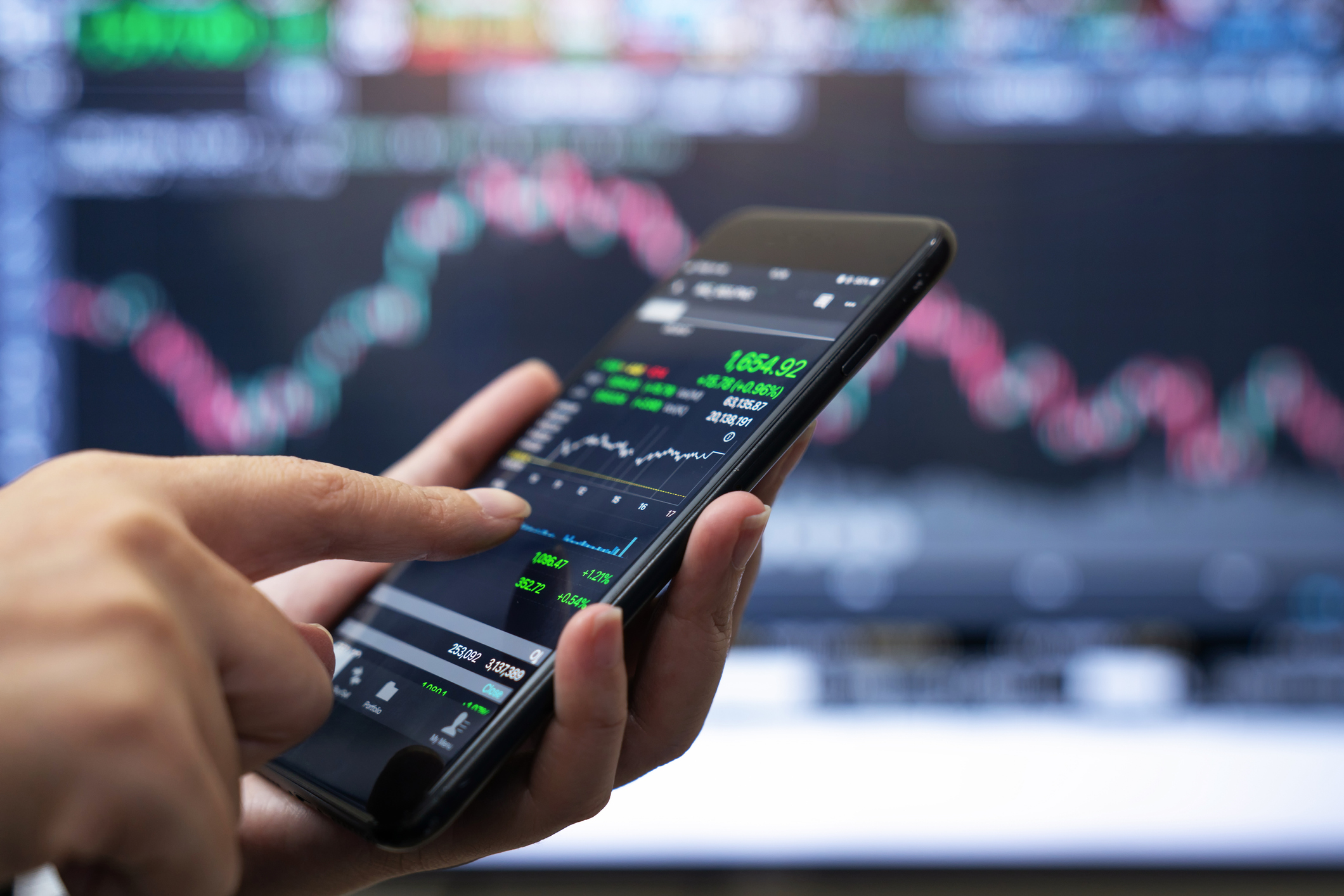Metals prices are falling – so why is now a great time to buy mining stocks?
It's been a bad year for metals prices - and the outlook remains grim. But now could be a good time to buy mining stocks, says Matthew Partridge.


Last year was a bad one for metals and the companies that mine them.
The price of iron ore fell by more than 15%, while copper fell from above $8,000 per tonne to around $7,400.
It's hardly surprising. The backdrop for commodities looks grim. Weak economic data has raised fears of a Chinese slowdown, while the US Federal Reserve's taper'has seen money flee out of commodities. That's sent prices lower again this month.
MoneyWeek
Subscribe to MoneyWeek today and get your first six magazine issues absolutely FREE

Sign up to Money Morning
Don't miss the latest investment and personal finances news, market analysis, plus money-saving tips with our free twice-daily newsletter
Don't miss the latest investment and personal finances news, market analysis, plus money-saving tips with our free twice-daily newsletter
Things don't look like getting any better either. Unlike last year, the Fed seems to be sticking to its guns. Last week, Ben Bernanke's final act as Fed chairman was to reduce money printing by a further $10bn a month.
Time to sell then? Not at all. I think now could be a very good time to buy
The future is not bright for commodities
And that could spell opportunity. You see, while the market has priced in a lot of bad news for the sector, there are several more upbeat signs that investors are so far ignoring.
Metals prices can only fall so far, for a start. The current price of many major metals (including zinc, nickel and copper) is very close to their cost of production. Even iron ore could be affected if prices keep falling.
This is important, because beyond the short term, commodity prices tend to be dictated by the marginal cost of production. That makes sense. If companies can't make money by producing a commodity, they'll stop doing so. If they do, that means supply will drop, which in turn pushes prices higher again.
Demand may also be more resilient than many people think. Even if China does slow down, the government is still spending huge sums of money on infrastructure. The state company that manages China's electricity grid has said that it will increase spending on the grid by at least 13% this year, which suggests more demand for copper.
It's a similar story in India, as it deals with the huge task of upgrading its inadequate power network; and in Africa, where many countries continue to grow rapidly. And this year, the US construction industry will also make a large contribution to copper demand, with housebuilding activity jumping by 18% last year.
Miners are becoming leaner and meaner
Mining companies have to reinvest a certain proportion of their profits into exploration and new production that's vital if they are to keep finding new reserves of metal to dig up. But during the good times, they have arguably been ploughing too much money into uneconomic projects, on the assumption that prices would just keep going up.
However, now they are becoming much more selective about what they will invest in. That means investment spending has fallen, and so their free cash flowhas risen.
Most are currently using this cash flow to reduce their debts. But James Sutton of JP Morgan's Natural Resources Fund reckons that next year they will also start to increase the amount of money returned to shareholders though dividends and buybacks.
This reduced investment has also helped to cut costs in other ways. When capital spending was high, miners subcontracted a lot of their work to smaller engineering firms. This was a flexible, but expensive solution subcontractors made very healthy profit margins, especially when their services were in demand. The miners also had to spend extra on making sure the work was carried out to a decent standard.
But with less work being done, miners are saving money by doing the work in-house. This is squeezing the margins of those subcontractors who remain in the business. And it should help the more efficient miners to weather falling metal prices.
How the taper could be a big boost for mining companies
However, there is one side-effect of the taper that will benefit many mining companies. Most miners operate in emerging markets. So their costs, such as wages, are in emerging-market currencies. But the income from the commodities they sell is denominated in dollars.
The taper has led to money rushing back to the safe haven' of the US. That is making the dollar stronger. Meanwhile, emerging-market currencies have been particularly hard hit by the taper. So miners' costs quoted in emerging-market currencies are falling, even as their sales quoted in US dollars are rising.
One company that looks particularly attractive to Sutton is mining giant Rio Tinto (LSE: RIO). Its position as one of the lowest-cost miners means that it can sustain further price falls before its profitability is under threat. At the same time, several past investments are due to bear fruit shortly, which should mean that its 2016 production levels will be 49% higher than 2011 levels. It has a solid dividend of 3.5%, and trades at 8.5 times 2015 earnings.
If you'd rather spread your risk a bit more, my colleague David C Stevenson recently picked his three favourite mining investment trusts. If you're not already a subscriber, you can get access to the piece plus your first three issues free here.
Our recommended articles for today
Here comes the second internet boom
Join a currency union, and you end up part of a nation state
Get the latest financial news, insights and expert analysis from our award-winning MoneyWeek team, to help you understand what really matters when it comes to your finances.

-
 Investors will reap long-term rewards from UK equities
Investors will reap long-term rewards from UK equitiesOpinion Nick Train, portfolio manager, Finsbury Growth & Income Trust, highlights three UK equities where he’d put his money
-
 The graphene revolution is progressing slowly but surely
The graphene revolution is progressing slowly but surelyEnthusiasts thought the discovery that graphene, a form of carbon, could be extracted from graphite would change the world. They might've been early, not wrong.
-
 The challenge with currency hedging
The challenge with currency hedgingA weaker dollar will make currency hedges more appealing, but volatile rates may complicate the results
-
 Can Donald Trump fire Jay Powell – and what do his threats mean for investors?
Can Donald Trump fire Jay Powell – and what do his threats mean for investors?Donald Trump has been vocal in his criticism of Jerome "Jay" Powell, chairman of the Federal Reserve. What do his threats to fire him mean for markets and investors?
-
 Freetrade’s new easy-access funds aim to beat top savings rates
Freetrade’s new easy-access funds aim to beat top savings ratesFreetrade has launched an easy-access exchange traded fund (ETF) range - here’s how the ETFs work and how they compare to the savings market
-
 Go for value stocks to insure your portfolio against shocks, says James Montier
Go for value stocks to insure your portfolio against shocks, says James MontierInterview James Montier, at investment management group GMO, discusses value stocks and slow-burn Minsky moments with MoneyWeek.
-
 Where do we go from here?
Where do we go from here?Features A new series of interviews from MoneyWeek
-
 As China reopens, why pick an income strategy?
As China reopens, why pick an income strategy?Advertisement Feature Yoojeong Oh, Investment Manager, abrdn Asian Income Fund Limited
-
 Income in the USA
Income in the USAAdvertisement Feature Fran Radano, manager on The North American Income Trust
-
 The challenge of turbulent markets
The challenge of turbulent marketsAdvertisement Feature Today, ISA investors face one of the most challenging economic environments seen in recent years. However, good companies can still thrive, even in the toughest economic conditions. That’s why BlackRock’s fund managers focus on these businesses when they’re looking for investment opportunities.